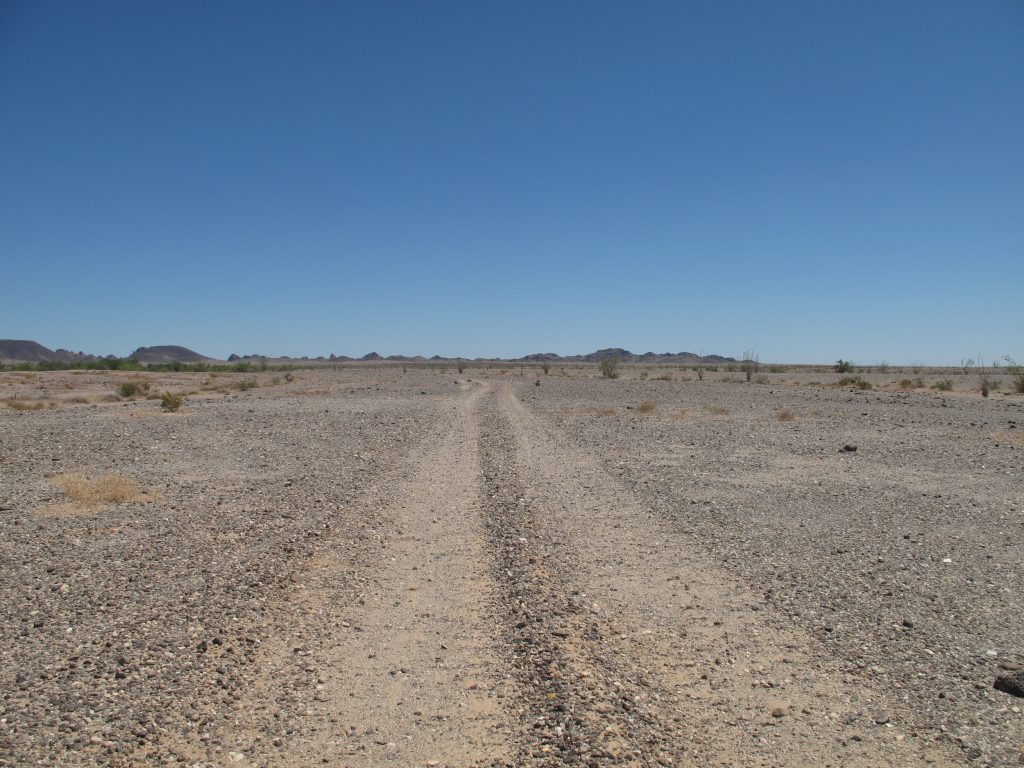KORE releases PEA on low-cost heap leach development at Long Valley

The initial capital cost estimate includes a 25% contingency; according to the release, “infrastructure costs are low due to the proximity of road, water and power infrastructure.”
The early-stage study suggests a seven-year shallow open-pit, heap leach operation, producing an average of 100,000 gold oz. annually
Operating costs break down to a total of $7.62 per ton processed on site. According to KORE, the all-in sustaining cost estimate falls in the second quartile of the World Gold Council’s AISC curve.
In the press release, Marc Leduc, KORE’s COO noted that the company now plans to “grow Long Valley by drilling oxide and sulphide targets while further defining silver potential.”
Scott Trebilcock, KORE’s CEO, observed how Long Valley complements the company’s Imperial project, also in California, where a PEA earlier this year outlined an eight-year heap leach mine.
“KORE has the unique advantage of having two simple, low-cost heap leach development projects in one company and can manage capital needs for growth, permitting and construction to maximize shareholder value,” Trebilcock said in a release. “The Long Valley PEA is a key milestone towards KORE’s becoming a significant North American producer, envisioning production of 250,000 oz. of gold a year from our U.S. projects.”
Additional opportunities to improve project economics include assaying for silver in future drilling to add silver to the resources, metallurgical testing to establish an optimal crush size, and drilling to target additional oxide and deeper sulphide resources.
Going forward, KORE plans to explore the targets on strike with and adjacent to the current oxide mineralization – the company is permitting drill pads with the U.S. Forest Service, with drilling currently expected to start in the first half of next year.
Along with the PEA, KORE also released an updated resource for Long Valley, with an updated resource model – updates include lithology-specific densities and revised pit shell optimization parameters.
There are 63.7 million indicated tonnes at Long Valley, grading 0.58 g/t gold, for a total of 1.2 million gold oz., with a further 22.1 million inferred tonnes, at 0.65 g/t gold, with an additional 456,000 oz. of gold. Within this inventory, there are 32 million indicated oxide tonnes, at 0.62 g/t gold; and 8.2 million inferred tonnes of oxides, at 0.69 g/t gold.
(This article first appeared in the Canadian Mining Journal)




